On the evening of Friday, May 20, the successful launch of the Boeing CST-100 Starliner spacecraft into orbit took place. The launch of the Starliner was postponed several times, but now the spacecraft has been sent into space by the United Launch Alliance Atlas V rocket from Cape Canaveral, starting a crucial unmanned mission to the ISS called Orbital Flight Test 2 (OFT-2).
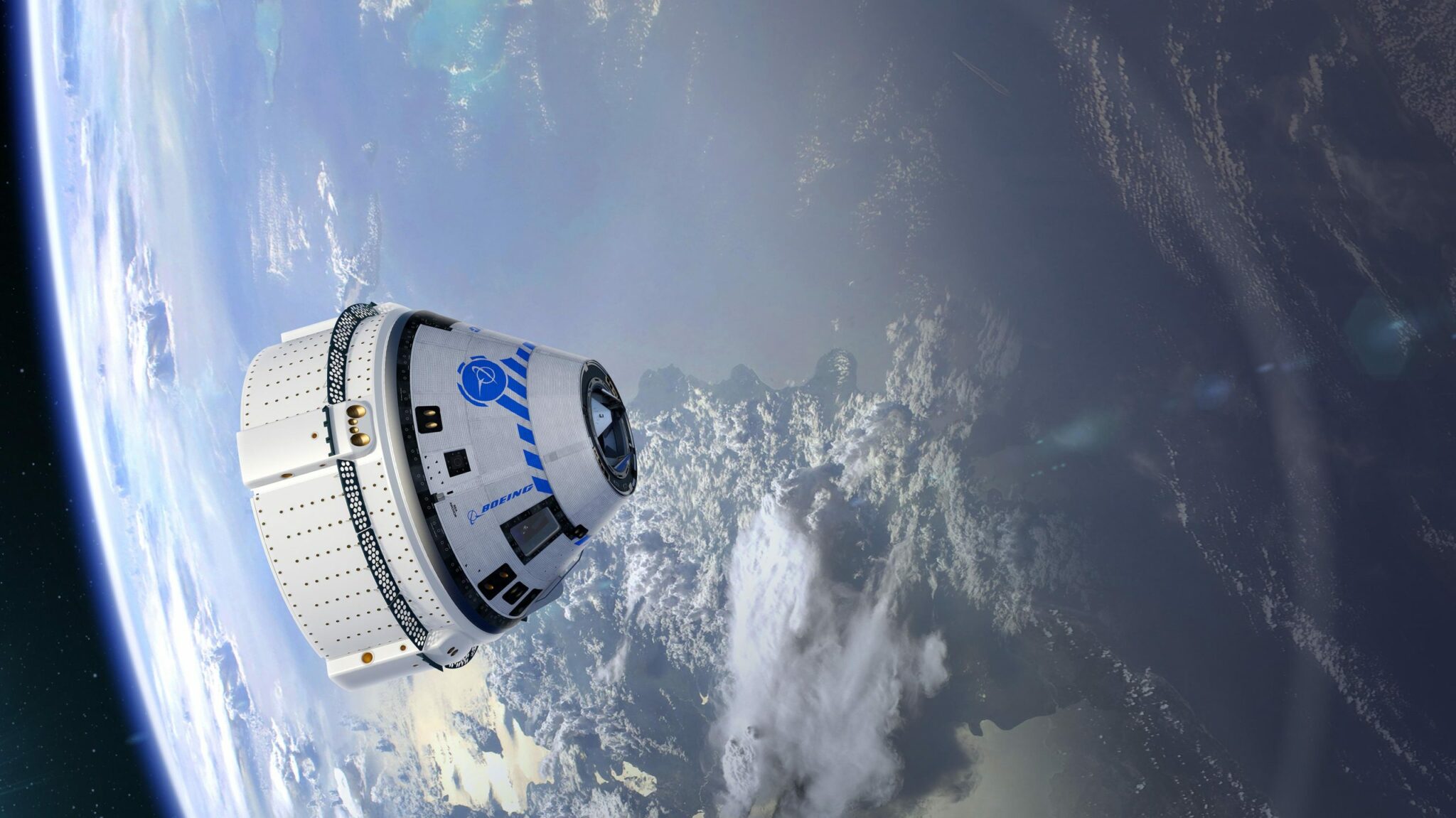
A few hours after the launch, the Starliner reached the International Space Station and, approaching a distance of 10 meters from the docking node, it stopped to check the systems just before the docking. After carrying out all the checks, the Starliner successfully docked with the ISS in fully automatic mode on May 21 at 3:29 a.m. Kyiv time. The process could be watched online.
This docking is very important for both Boeing and NASA. The Space Agency has high hopes for the Starliner, which will deliver astronauts to the orbiting laboratory and back instead of Soyuz and Progress.
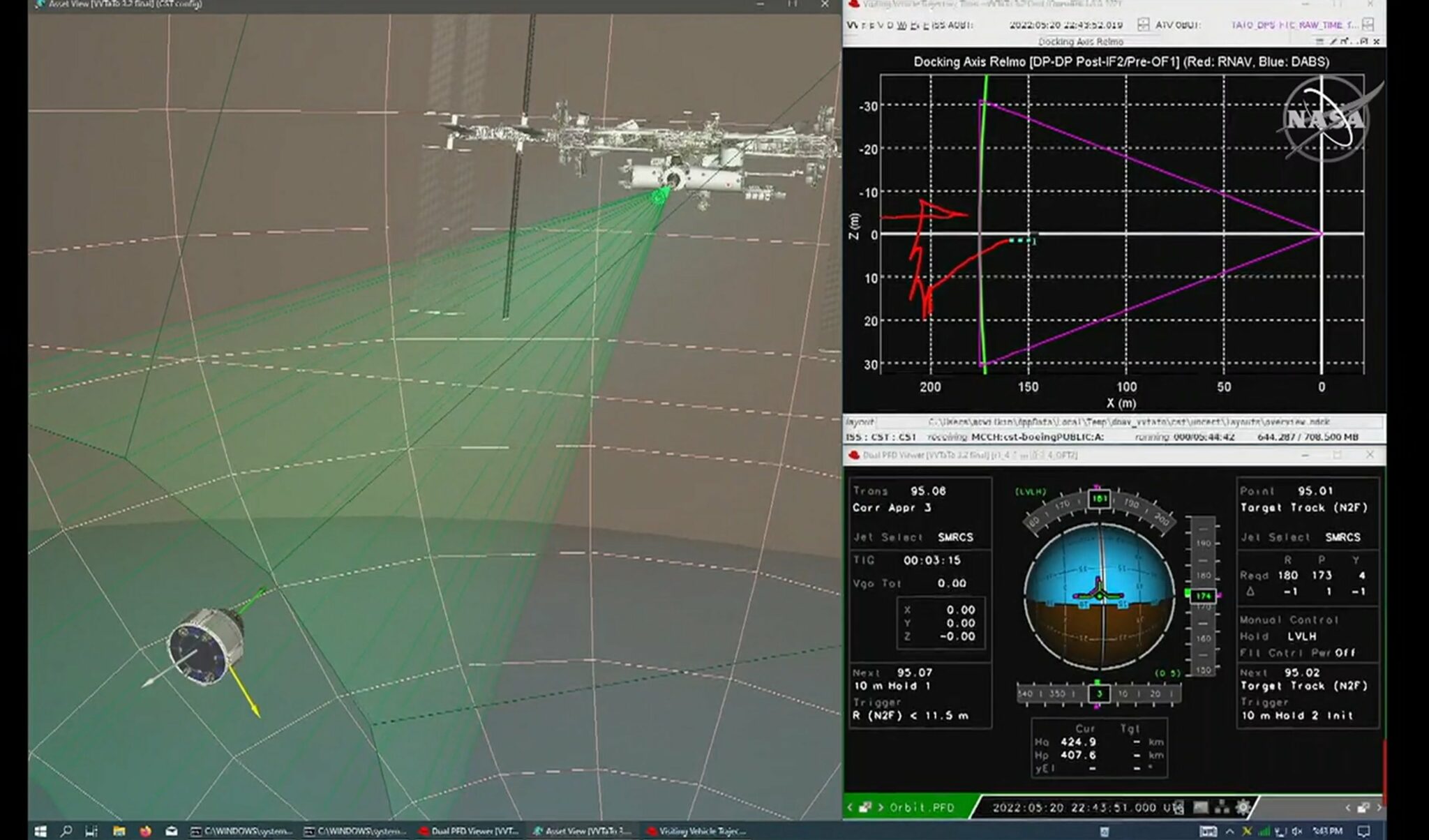
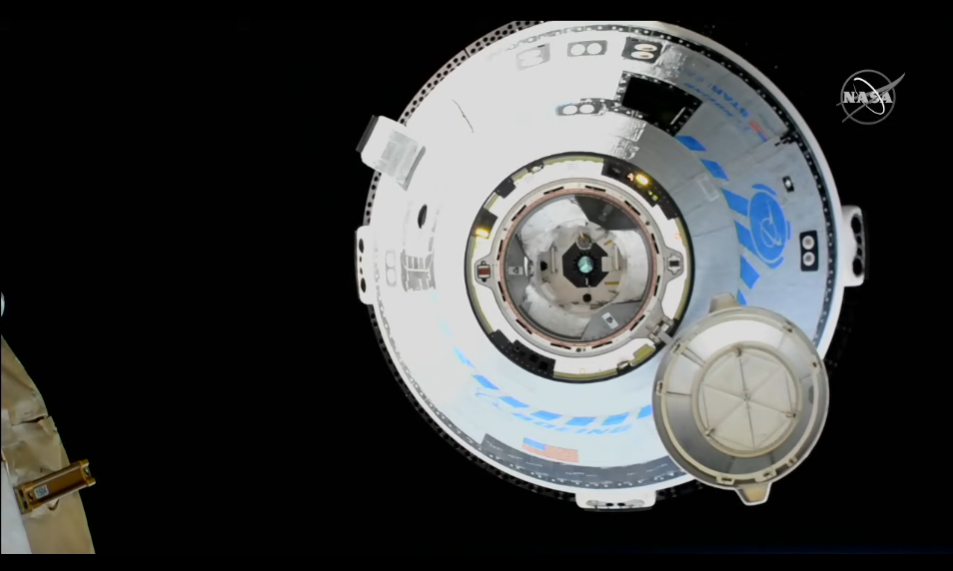

“We have learned a lot about the capabilities of our spacecraft and the professionalism of our team since the first launch of Starliner. We have demonstrated that the system we have worked so hard on is capable of delivering astronauts into space,” said Mark Nappi, vice president and head of the Boeing Commercial Crew Program.
Engine Failure
Initially, the OFT mission, launched in December 2019, ended prematurely after the Starliner encountered a series of software failures and fuel shortages, so it was stuck in a low orbit that could not provide a rendezvous with the ISS. The next OFT-2 mission was originally supposed to launch last summer, but a pre-launch check showed that 13 of the 24 oxidizer valves in the Starliner propulsion system were jammed. It took about eight months to identify the cause of the problem and fix it.
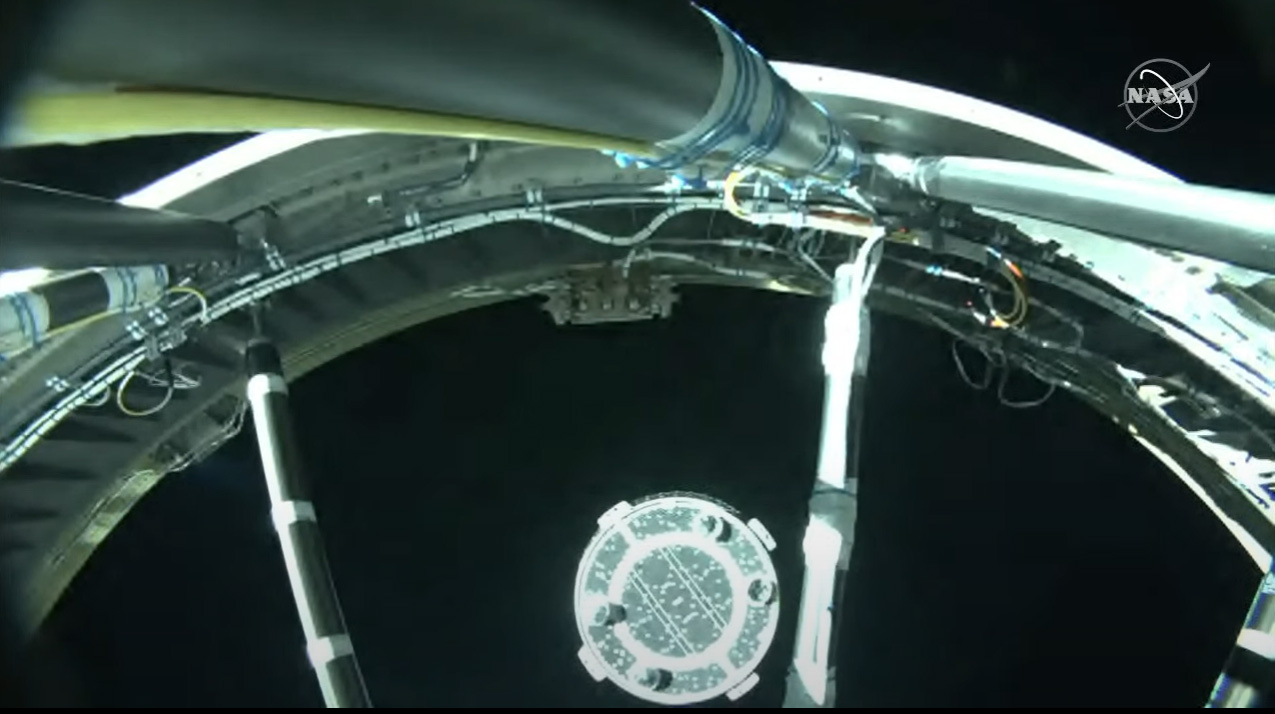
After a successful launch, the OFT-2 had problems after 31 minutes of flight. One of the Starliner’s engines failed during its critical entry into orbit, NASA and Boeing representatives said at a press conference after the launch. To compensate for the malfunction, a backup engine was activated, but it also failed after working for only 25 seconds. Then the engineers started the third backup engine, and only after that the Starliner was able to enter the correct orbit to meet with the ISS.
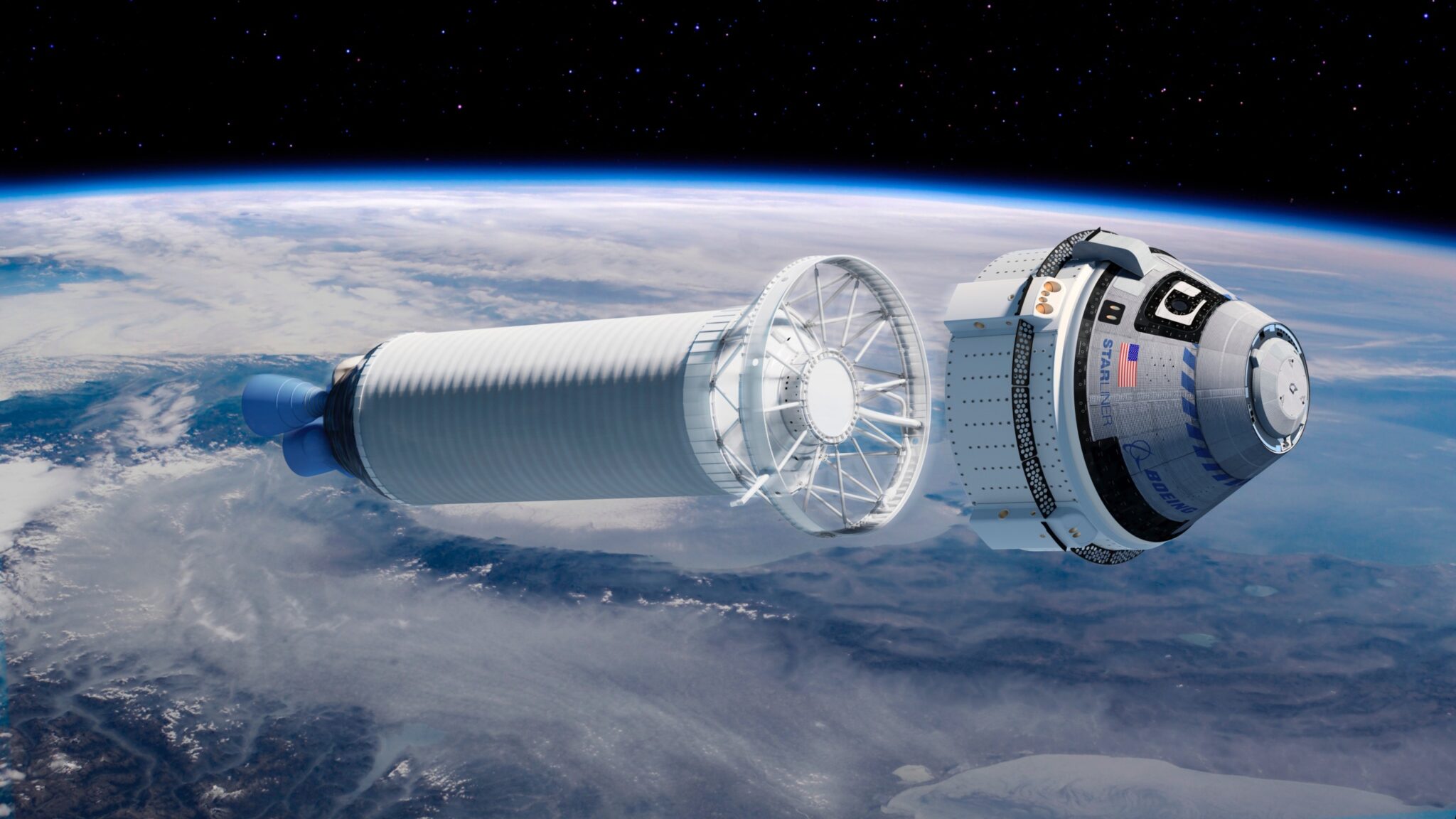
“The system is designed to help in case of failure. The Starliner has three blocks of two engines each. And at a critical moment, they worked as expected. Now the team is working to find out the causes of the anomaly,” Nappi said during a press conference.
Crew Dragon and Starliner
After docking, the crew will receive 360 kg of payloads together with a mannequin “Rosie Rocketeer”, which is equipped with 15 sensors for measuring loads. The spacecraft will stay at the station for 5-10 days, and then return to Earth with about 270 kg of cargo, including components of the air regeneration system.
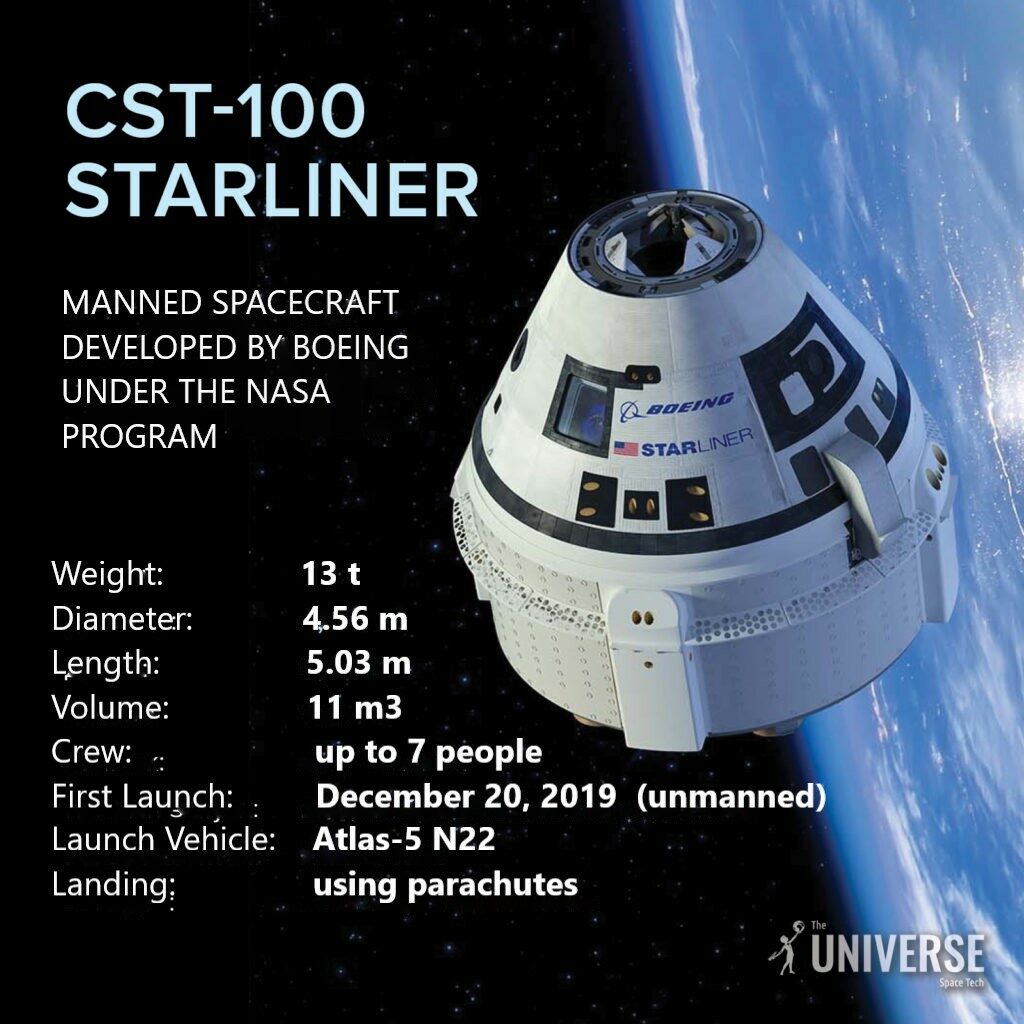
If the Starliner mission is successful, astronauts will be delivered to the ISS by SpaceX Crew Dragon and Boeing, which will completely relieve NASA of the need for Russian spacecraft. If cooperation with Roscosmos continues, the Russians will deliver the cosmonauts on their own separate transport.
According to Spaceflight Now
Follow us on Twitter to get the most interesting space news in time
https://twitter.com/ust_magazine

